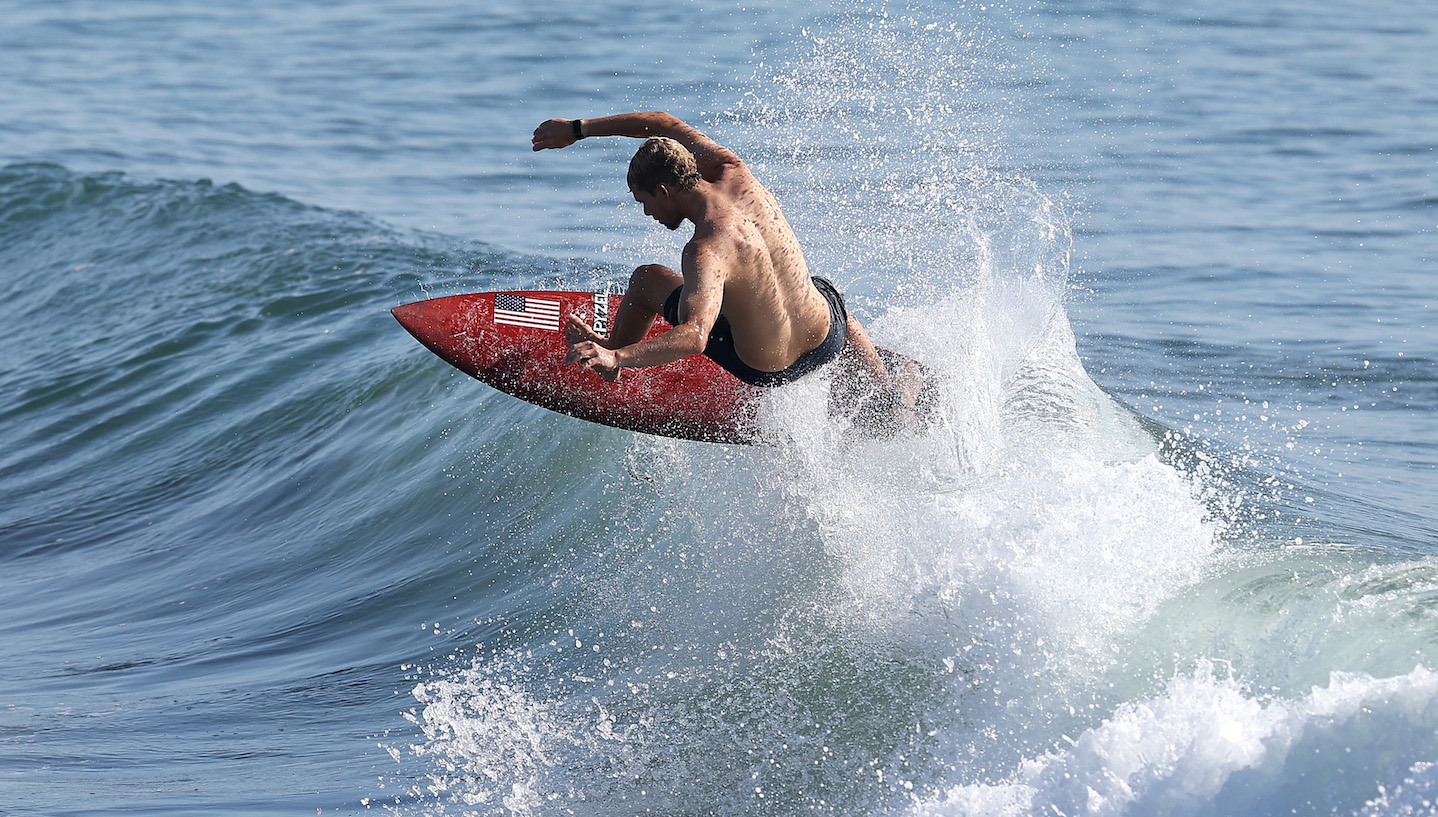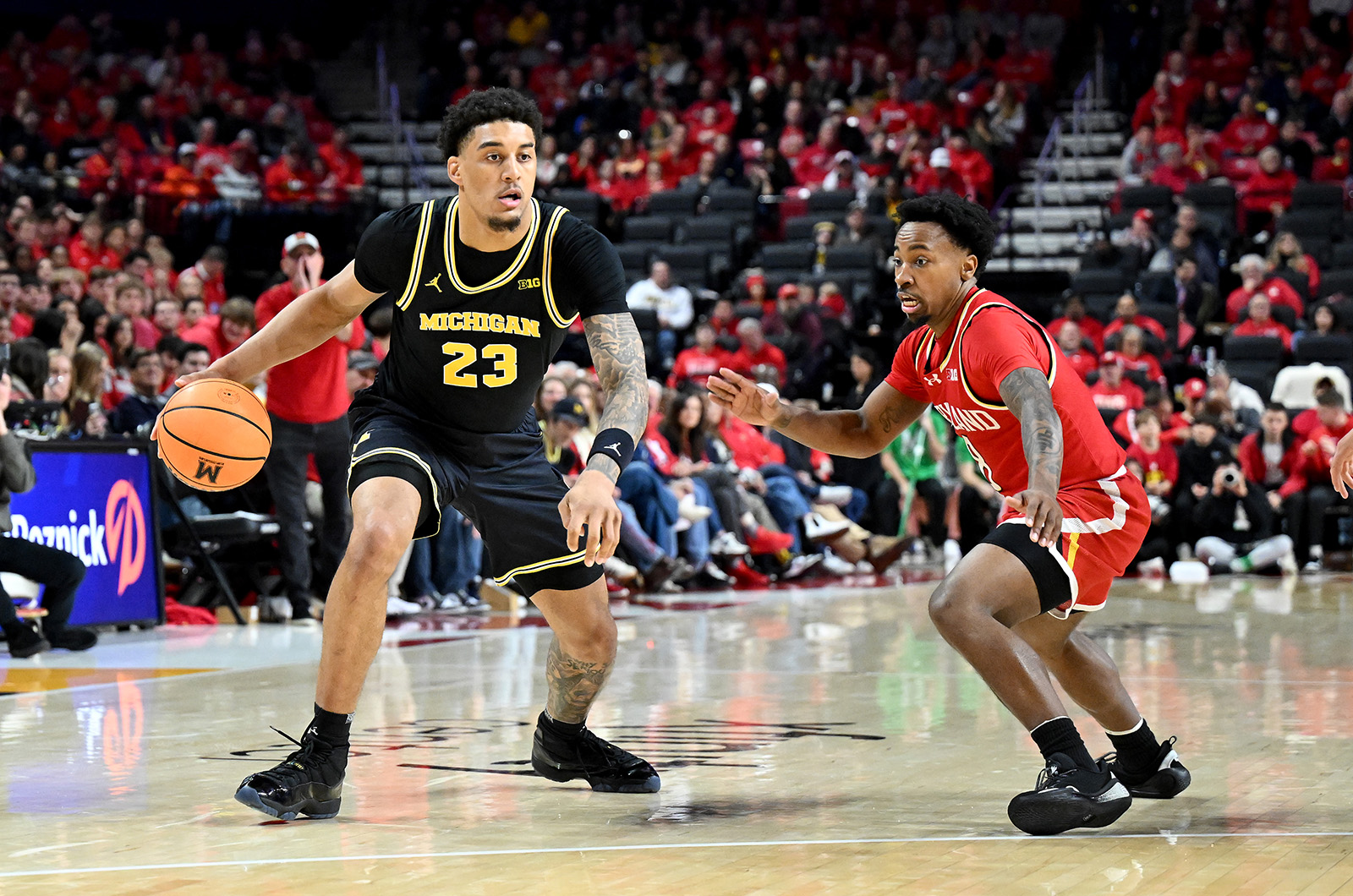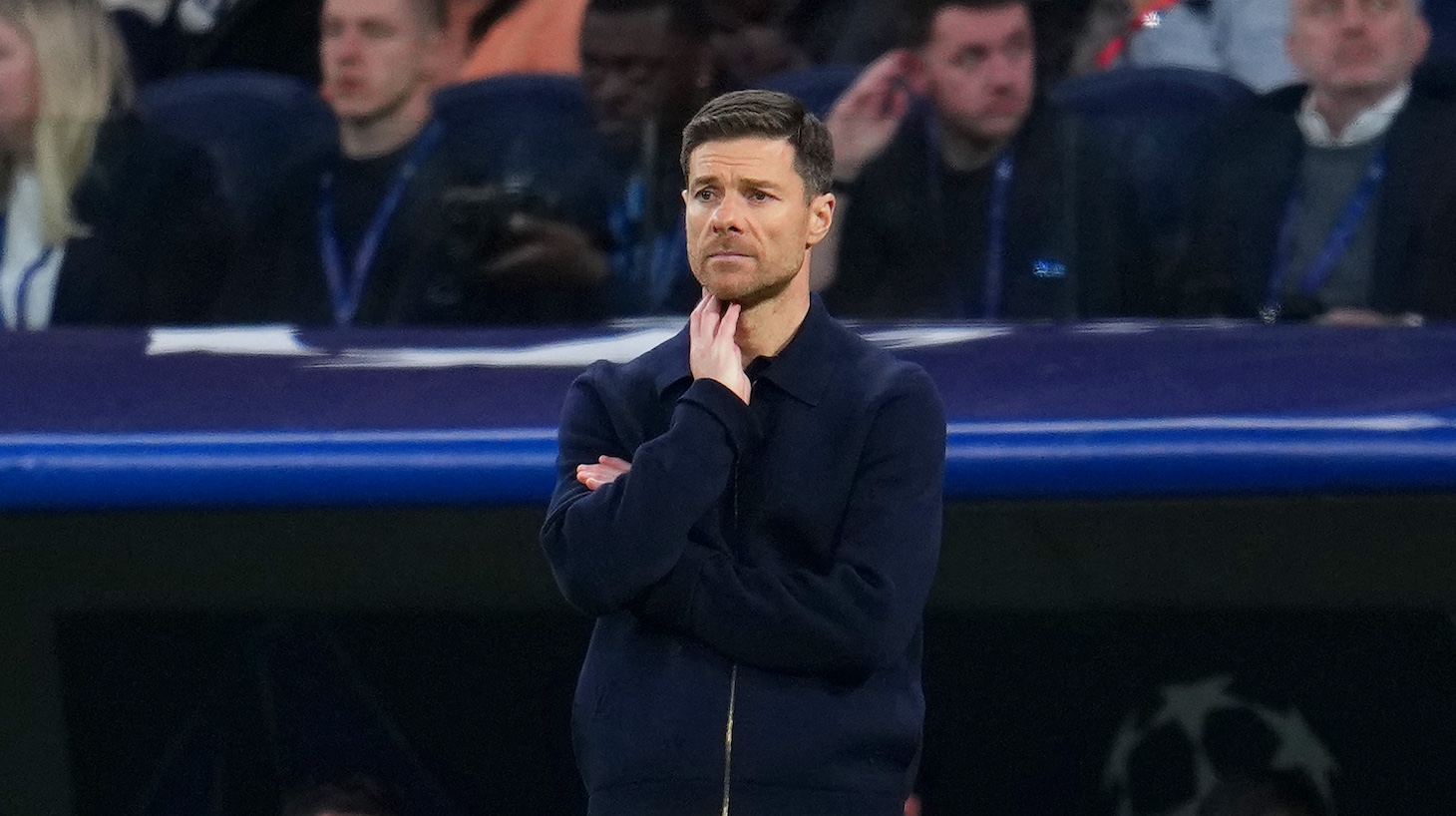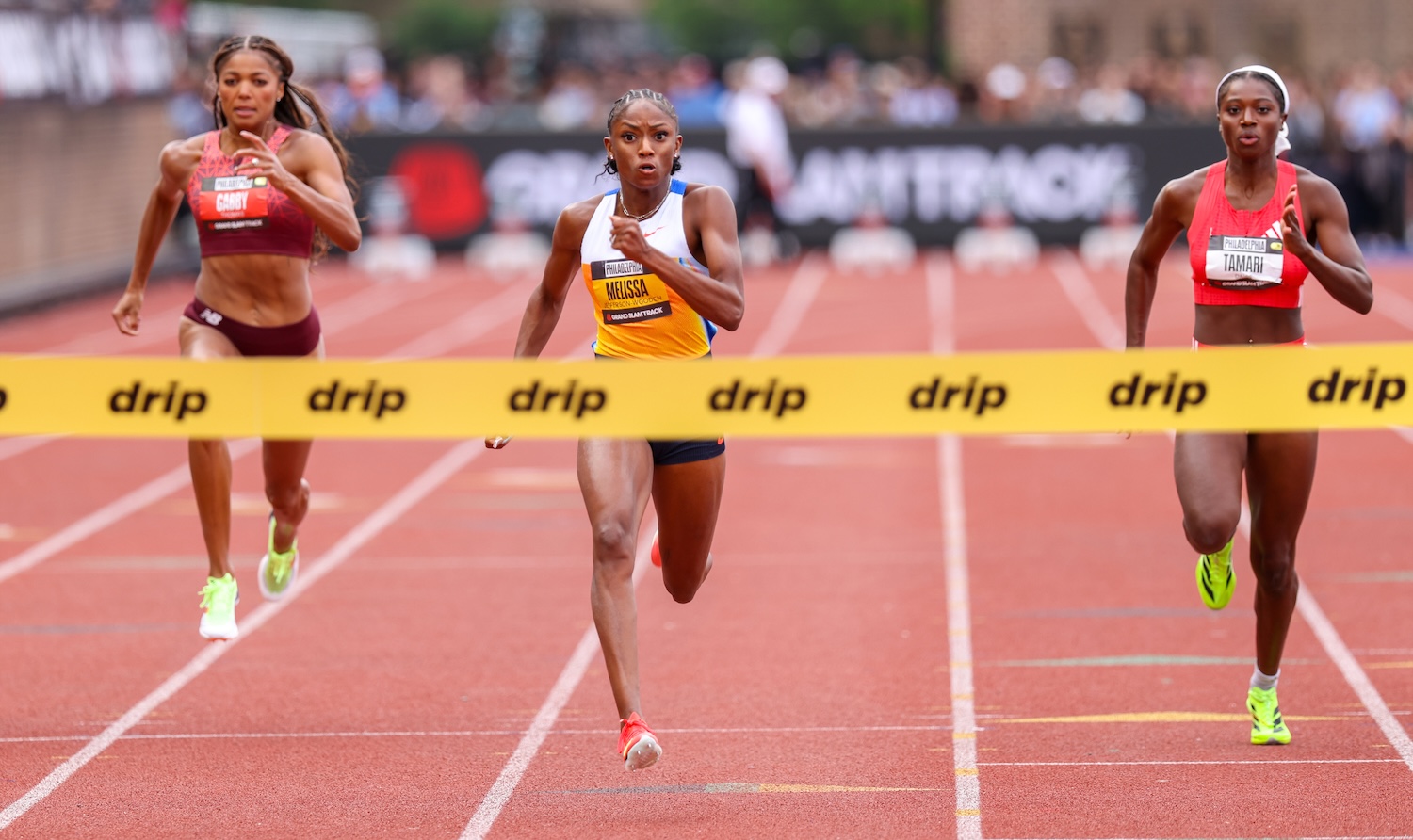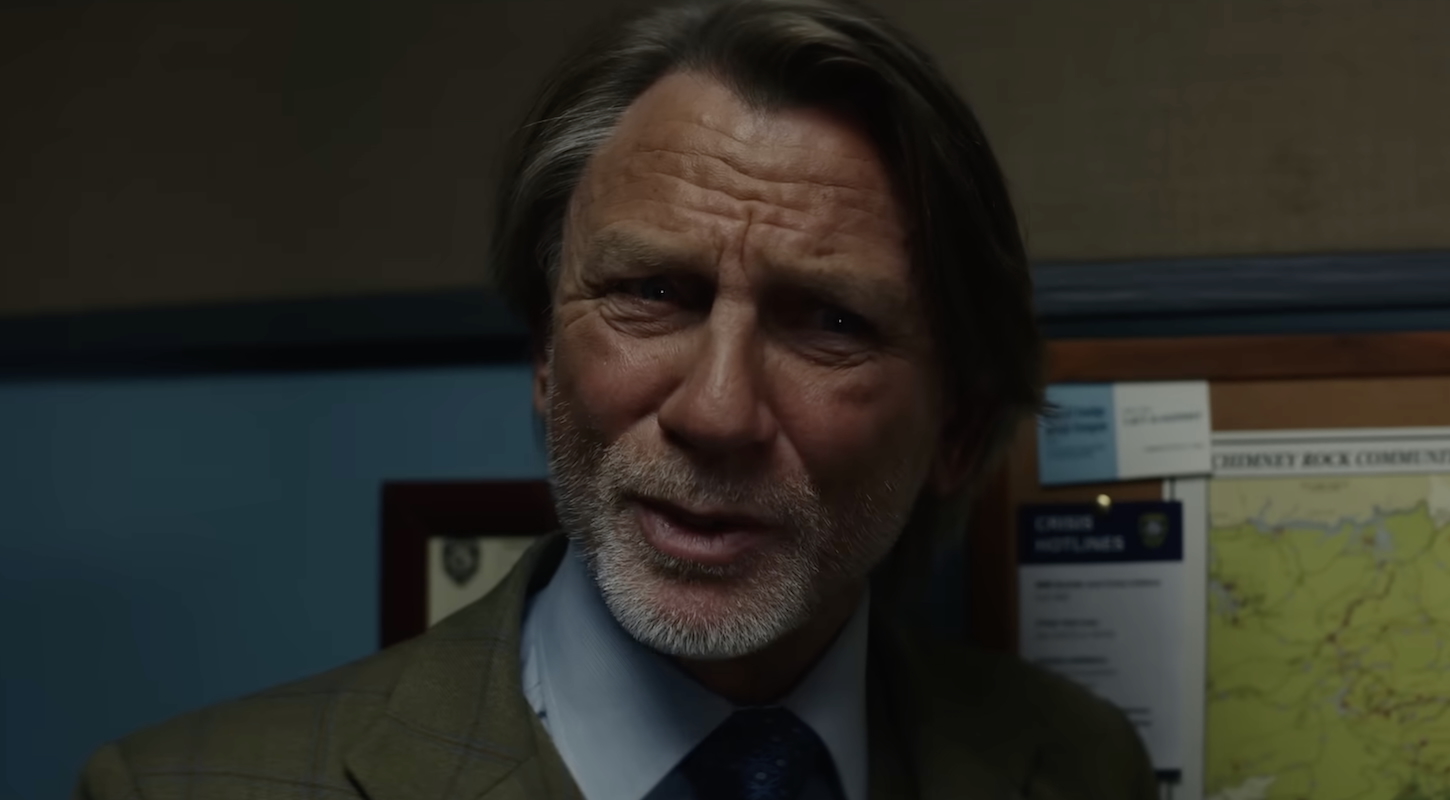Surfing has been waiting more than a century for its Olympic moment. Hawaiian surfing legend and five-time Olympic swimming medalist Duke Kahanamoku, known as the father of modern surfing because he spent his life popularizing the sport outside of Hawaii, first voiced support for surfing to become an Olympic sport at the 1912 Stockholm games. “There is a really cool feeling in the surfing community of Duke’s wish and dream being realized on that scale,” said NBC Olympics surfing analyst Joe Turpel.
How it works: One medal event, for men and women. Surfers compete in 25–30-minute heats with multiple surfers over the course of six rounds of competition. A panel of five judges score each wave a surfer rides on scale of 1–10 and the two highest-scoring waves for each surfer combine for their total for that round. They’re judged on five criteria: Commitment and degree of difficulty, innovative and progressive moves, variety, combination of major moves, speed, power, and flow.
Surfing is a subjective sport, so there are several ways to score a perfect 10-point ride. “Since the Olympics will be in a beach break, a 10-point ride can come on one single maneuver if it is big enough,” Turpel explained. “It is not necessarily quantity, it is always about quality. A 10-point ride can range from a really big air, to an overall ride that is done with speed and is powerful and done with a lot of flow in between turns. Ten-point rides are special, you can pull them up in your head when they've happened in the past, because judges don’t throw 10s out every day. ”
Olympic surfing will likely feature smaller waves. There are several different types of ocean breaks that each produce a different kind of wave. In Japan, the surfing competition will take place in beach break conditions at Tsurigasaki Beach, on the Eastern coast about 40 miles from Tokyo. Turpel said that beach break surfing features smaller waves, about one to three feet this time of year, unless there’s a typhoon swell. Surfers have been praying for big waves and it looks like Duke Kahanamoku has intervened with the weather because there's a strong tropical cyclone swell in the forecast!
“With beach break conditions, every wave is totally different,” Turpel said. “You could get a really short ride or you could get a really long ride depending on how it hugs the sandbar. It gives you a lot of variety which is really fun. The surfers have to be really spontaneous and in the moment. And so, it is going to demand the surfers give you just about everything they have, from really good turns on the face of the wave, but also being explosive and getting your whole board out of the water to do airs as well. I don’t feel like we will see anyone medaling without doing airs this year.”
Small waves could lend an advantage to athletes like American surfer Caroline Marks, who grew up in Florida, where beaches are famous for small waves, and the Brazilian team, because there are a lot of beach breaks in Brazil. “There are some parts [of the world] that might have better waves so they are more spoiled you could say, but I think the hunger from what we call ‘The Brazilian Storm’ on tour is really special,” Turpel said. “No matter what the waves look like they figure out a way to win.”
Turpel says the hardest airs are back flips and rodeo flips, where the surfer is going backside (facing away from the wave), and they launch off the lip (top part of the wave where it starts to curl over) rotate over their left shoulder, land backwards and then spin around. “If anyone finds a section of the wave to do a back flip or a rodeo flip that would be remarkable because it doesn't happen every day,” he said.
Wave selection is the main thing. “The better the wave is, the easier it will be to perform,” Turpel said. “The bigger the sections are, the more the judges will reward you.” But how do you pick the best wave and how do you make sure no one else gets your special wave when you have to share the ocean with the other athletes in your heat?
“We call it wave selection,” Turpel said. “In the ocean, surfers are always looking to be on the best waves in that 30 min heat. So, sometimes they are patient, they know it only takes two scoring rides to make it into the next round, so some surfers are so good they will just catch two waves. They will wait and be patient even if 15 minutes is off the clock, they will sit there and be like, nope, I am not getting a small wave. I need to get the best wave. And they will live and die by that game plan.”
Other surfers want to get moving right away to warm up and build momentum. Turpel says to pay close attention to the start of the heat. There’s no set start order, which means no surfer has a claim on any given wave and it can turn into an all-out battle to claim the first good wave.
“Everyone is out-positioning each other, and whoever can get into the deepest part of the wave, closest to the breaking point, then you have right of way,” Turpel said. “So, there is going to be hassling, paddle battles, probably going shoulder-to-shoulder to get those waves to start. Once you begin catching waves, then there is a priority rotation that starts. The beginning is exciting because that's where things can get pretty aggressive.”
Why this sport rules: Surfing is unpredictable because it relies on an ever-changing platform. There is no standard playing field or regulation pool. Every hour, even minute could be a totally different playing surface. Turpel said that the best surfers have an instinctive connection with the ocean, to the point where they can predict where the wave will break, and how the ocean will behave in high tide vs. low tide and position themselves in their heat lineup to best take advantage of that. “Some surfers just have this amazing ability, some people call it a relationship with the ocean, where they understand how it is moving, how to shift, how to adjust when the ocean changes,” Turpel said.
Athletes you will become obsessed with: Brazil is the country to beat in this Olympics and here’s Gabriel Medina demonstrating some superior airs. From what I can tell from his Instagram and Youtube videos, he likes to hit some poses immediately after landing some impossible jump. He’s fun!
Here’s Brazilian Italo Ferreira surfing through a legitimate TUNNEL OF WATER.
Here is American 19-year old Caroline Marks getting swallowed alive by a wave and somehow escaping unscathed. Caroline, how do you do this!
Here is Japanese-American surfer Kanoa Igarashi. He’ll compete for Japan in this Olympics, and Turpel says he likely has the most experience surfing this particular beach. Surfing action shots are so cool! I could look at these all day.
When to watch: The first heats were Saturday, with further heats and the knockout rounds continuing today. The final for both men and women is Tuesday, July 27, with action starting at 7 p.m. EDT.
